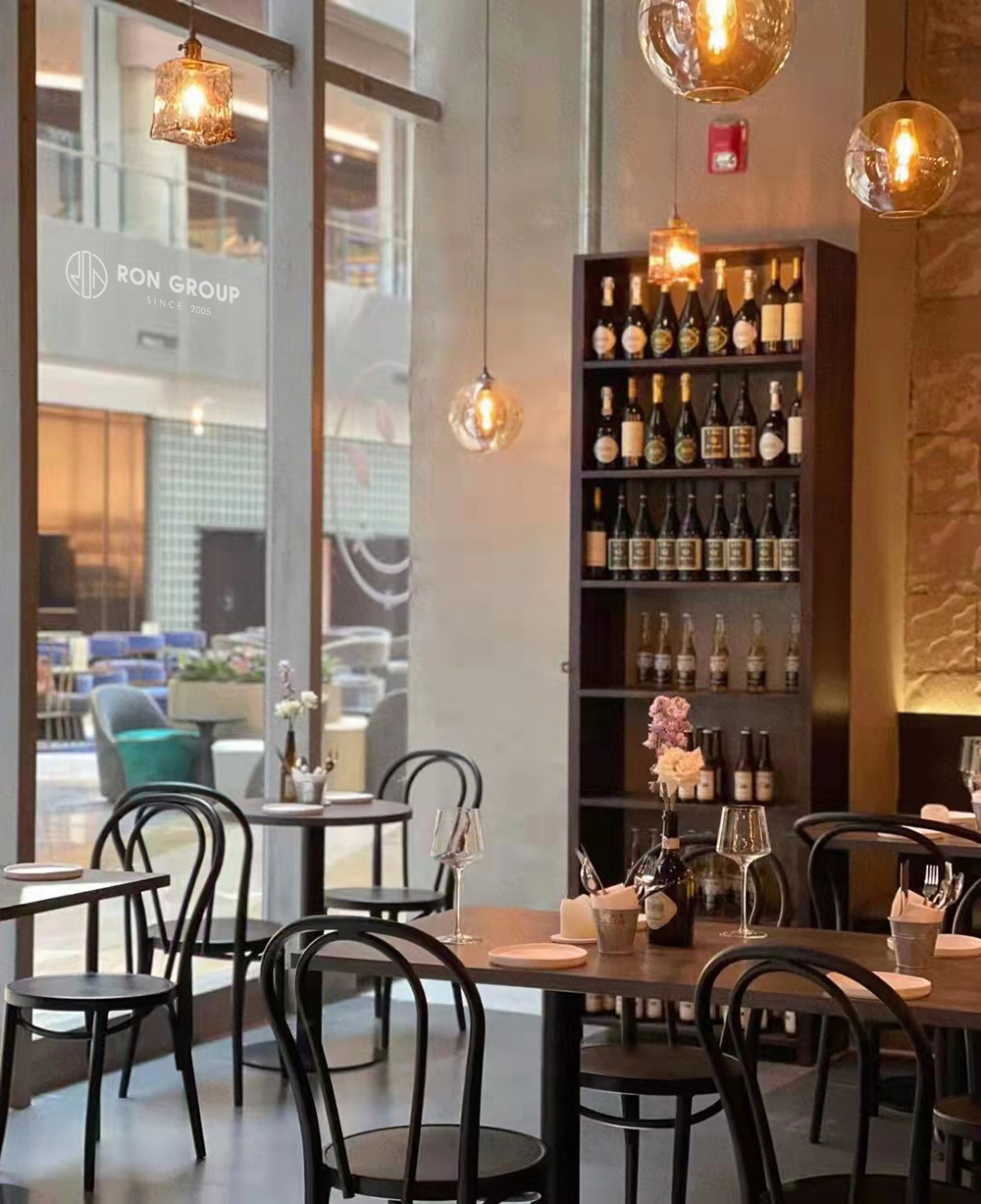
Ron Wong
86-13380258855
sales@rongroup.co

In the modern hospitality industry, restaurants are discovering that ambiance is just as important as menu design. From music to lighting, these atmospheric elements directly influence customer behavior and spending patterns. Strategic use of sound and illumination has become a key tool for every restaurant owner looking to maximize profits while enhancing the dining experience.

1. Background Music: A Subtle Sales Driver
Soft, slow music can encourage diners to relax and stay longer—often leading to more food and drink orders. On the other hand, upbeat tunes can promote faster table turnover during busy hours. Choosing the right genre and tempo based on your restaurant type is essential for influencing how long patrons linger and how much they spend.
2. Volume and Genre Tailoring
Fine dining restaurants may benefit from classical or instrumental music, while modern cafés might prefer jazz or lo-fi beats. The chef and restaurant owner should collaborate to ensure the music reflects the restaurant’s identity and supports the desired ambiance. Avoid overly loud music, which can hinder conversation and customer satisfaction.
3. Lighting Sets the Tone
Lighting has a psychological impact on customers. Bright lighting often works best in casual dining or quick-serve environments, while dim lighting can create a cozy, intimate atmosphere for fine dining. LED fixtures can highlight specific areas like the bar or dessert section, subtly guiding customer behavior.
4. Lighting and Menu Design Synergy
Smart lighting design not only sets the mood but also supports food presentation. Restaurant furniture and tableware look more appealing under well-placed lighting. For example, warm-toned bulbs can enhance the appearance of wooden tables and ceramic dishes, making food more photogenic and shareable.
5. Creating a Branded Atmosphere
Restaurants should aim for cohesive ambiance—from soundscape to lighting to decor. This makes the dining experience memorable and aligns with the brand story. Chefs and restaurant furniture designers can work together to ensure aesthetic harmony, helping turn first-time guests into loyal customers.
Whether you’re designing a new restaurant or updating an existing one, don’t underestimate the revenue potential of ambiance. Music and lighting are low-cost tools with high ROI—when used strategically by chefs, designers, and restaurant owners.






Ron Group
86-13380258855
sales@rongroup.co
